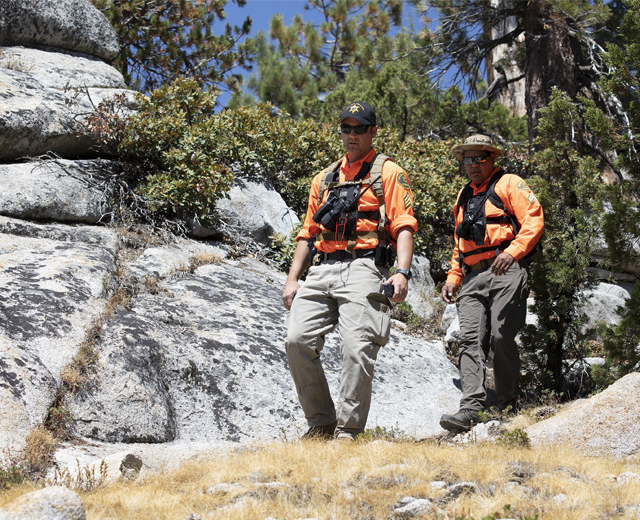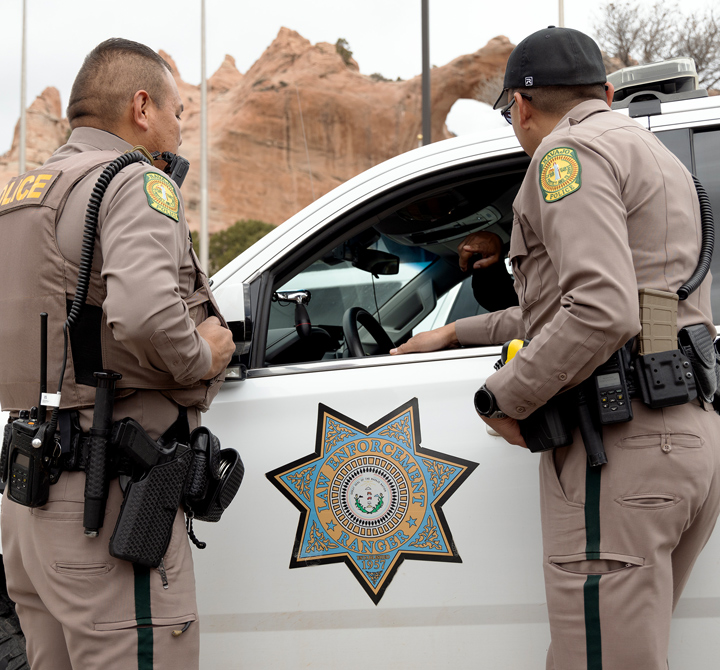
Reliable connectivity critical for Navajo Nation first responders
May 20, 2024
Public safety officials discuss the importance of reliable communication on the Navajo Nation – which stretches over 27,000 square miles across varied terrain. Learn how FirstNet helps them stay connected.
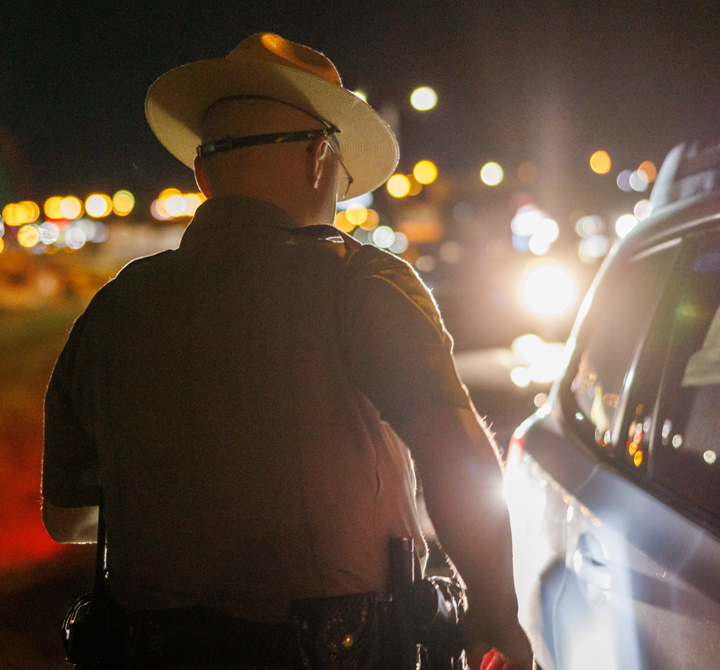
Bringing responder wellness programs to Ohio responders
May 17, 2024
Learn how Steven Click, director of first responder wellness for the Ohio Department of Public Safety, Law Enforcement Initiatives program, is helping bring wellness programs to Ohio first responders.
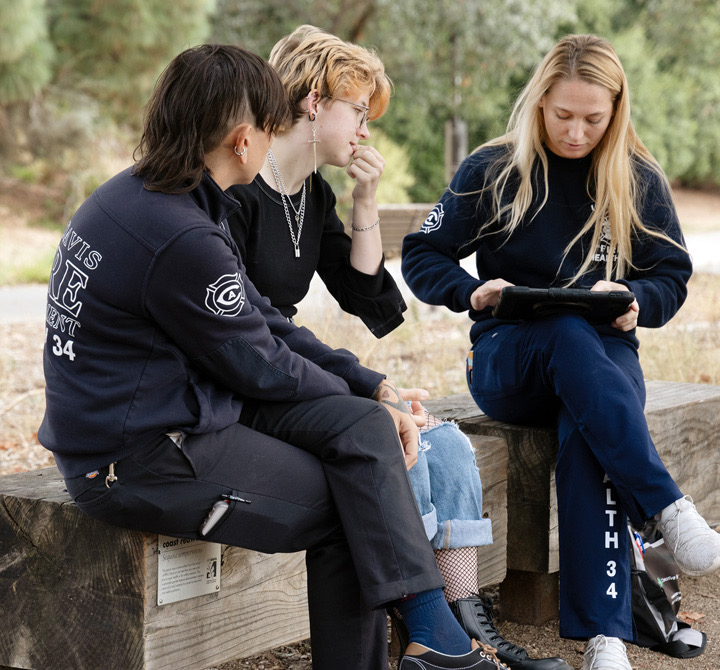
UC Davis Fire Department launches Health 34 initiative to care for campus community
January 19, 2024
EMS Captain Scott Hatcher and Health 34 Provider Stormi Homdus share their thoughts on the Health 34 program and its impact on the UC Davis campus. Read their Q&As.
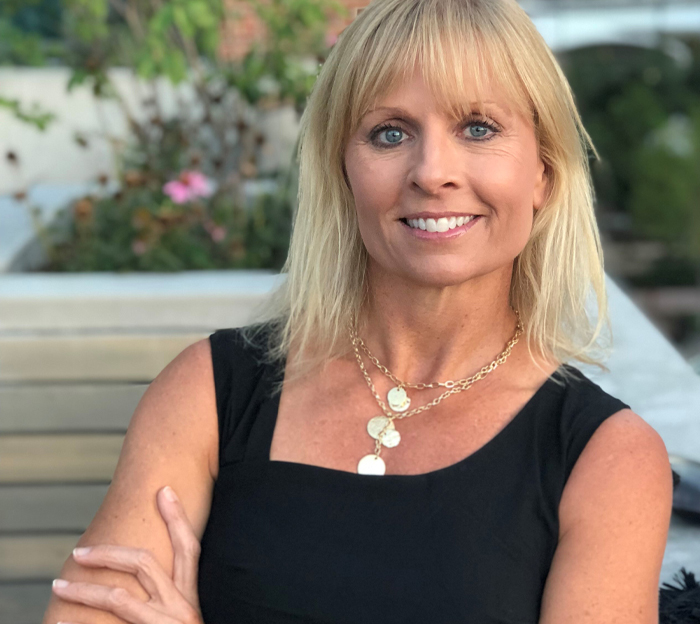
Polyvagal Theory and emergency responders: How our nervous systems impact our lives
October 12, 2023
Polyvagal theory can help responders understand how their nervous systems react to stress and trauma and how to recover and enhance performance.
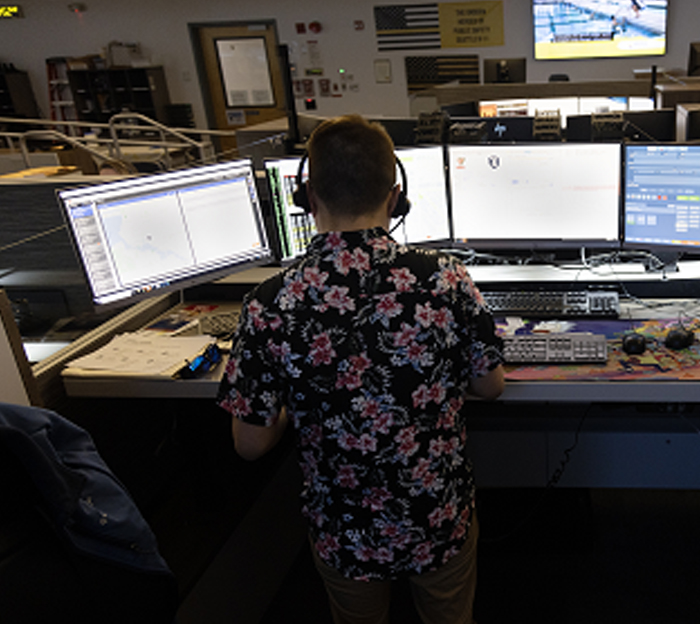
The dispatchers’ perspective – 9-1-1 communicators speak
July 31, 2023
In the public safety trenches, 9-1-1 call takers and dispatchers are on the front lines – the ones who first hear about our emergencies.
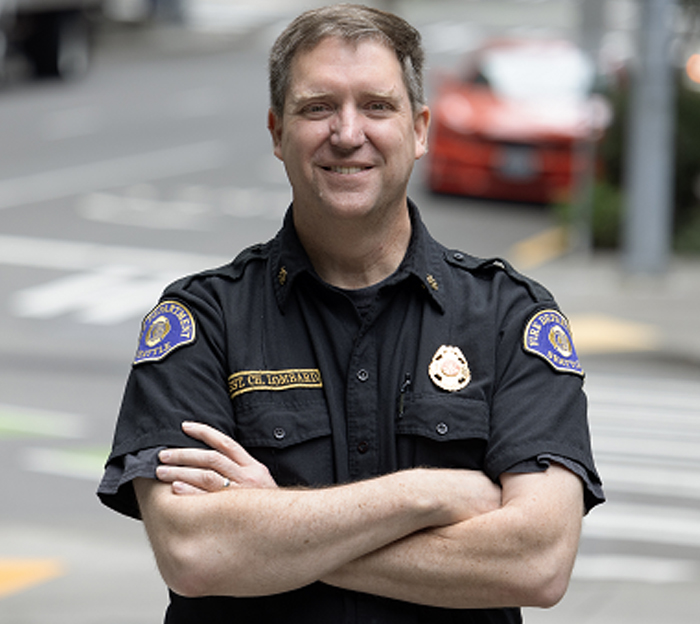
Recognizing 9-1-1 dispatchers and call takers as critical to public safety
July 31, 2023
A few years ago, national efforts began to formally recognize 9-1-1 call takers and dispatchers as being part of public safety.
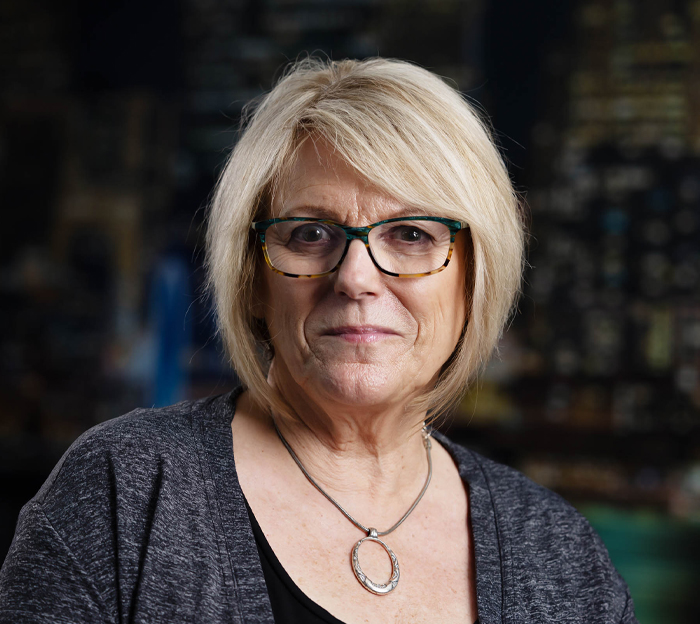
Making mental wellness among the first first responders a priority
July 28, 2023
At Seattle 9-1-1, we handle about 850,000 calls a year. That includes 9-1-1 calls and administrative calls and non-emergency lines.
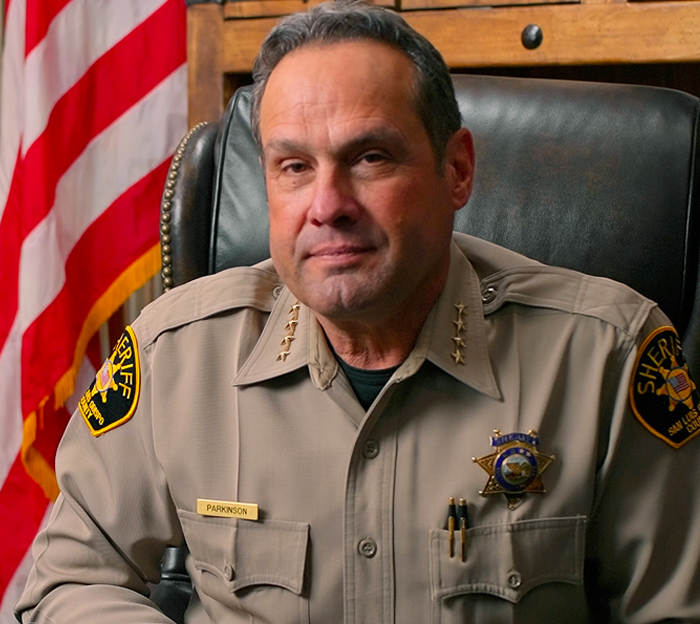
FirstNet: The power behind San Luis Obispo County sheriff’s public safety response
April 12, 2023
Our deputies and investigators carry phones that are on FirstNet, giving them reliable access to information even when they are outside of their cars.
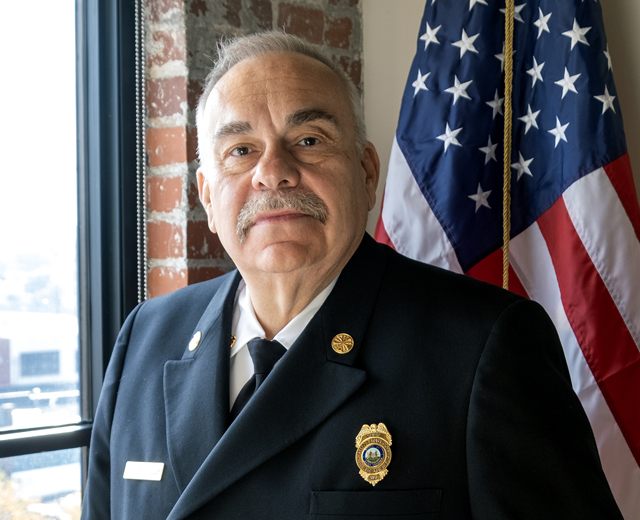
A firefighter's mental well-being is critical to their ability to perform on a long career
March 20, 2023
The fire service is one of those professions where you are able to make a difference in people's lives – to take really bad situations when people may be suffering and make them better.
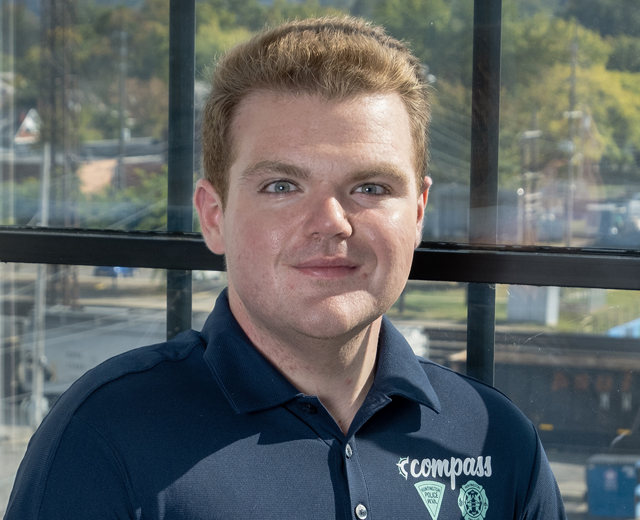
Compass: Prioritizing first responder wellness in the City of Huntington
March 20, 2023
First responders put their lives on the line daily to protect their communities. But the job takes a toll on their physical and mental health.
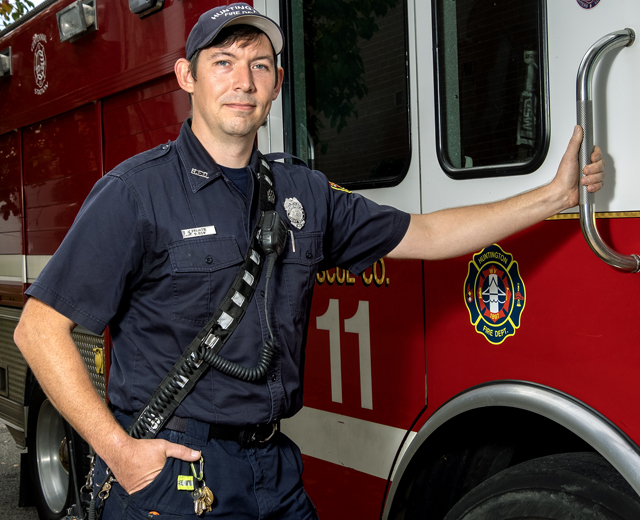
Compass: The compounding effect of trauma in the fire service
March 20, 2023
Compass is like having a small maintenance dose of medicine. But also having a panic button at the same time. If things get bad, I can hit this panic button.
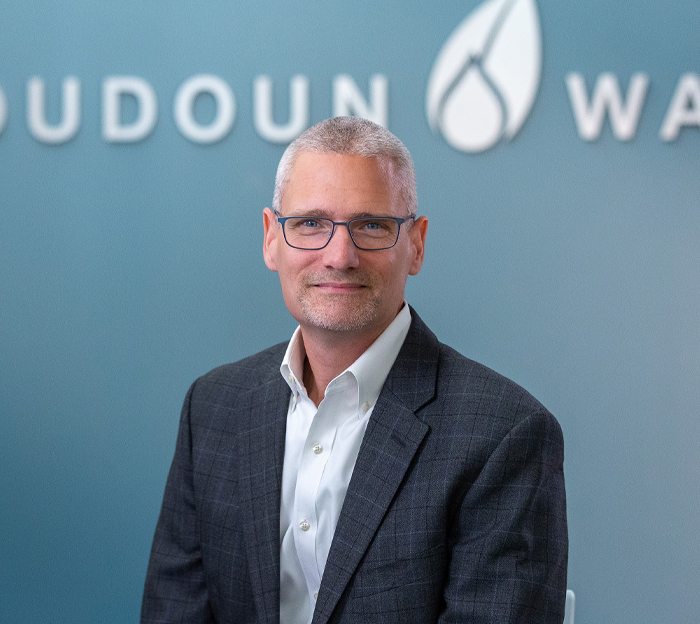
“From a safety perspective, I would characterize FirstNet as a game changer.”
February 15, 2023
Loudoun water needed reliable connectivity to maintain critical infrastructure.
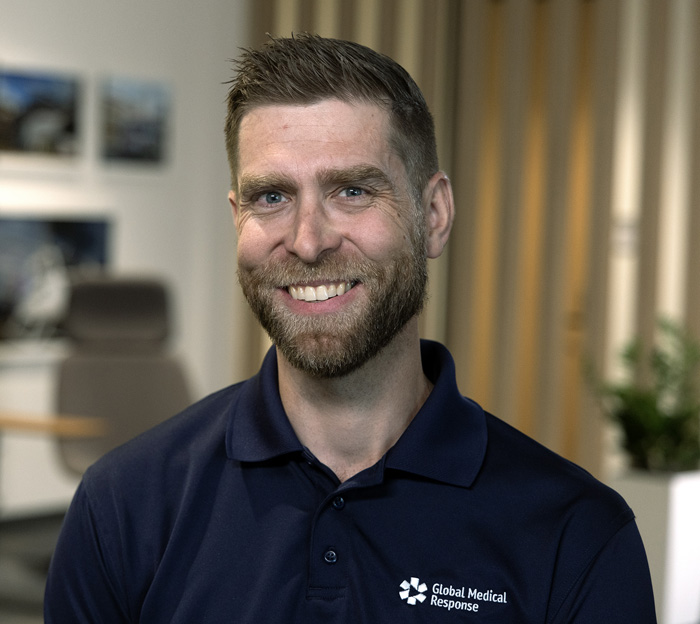
GMR Life: Supporting emergency responders and changing mental health stigma in EMS
January 13, 2023
We try to focus on the incredible intrinsic benefits that come with a career in service to others and help people find joy in the work they do.
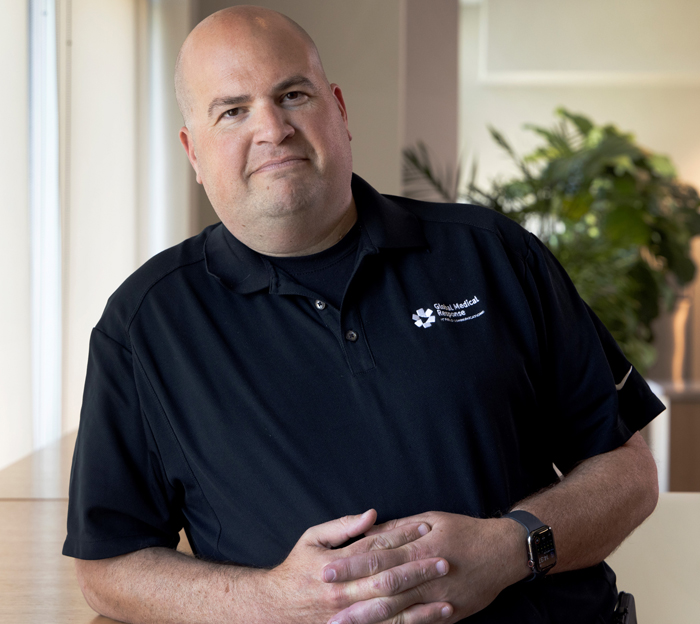
FirstNet plays a vital role in GMR response “whether that incident is large or small”
November 15, 2022
GMR operates across the country and employs close to 39,000 employees. Those employees are on the frontlines everyday…
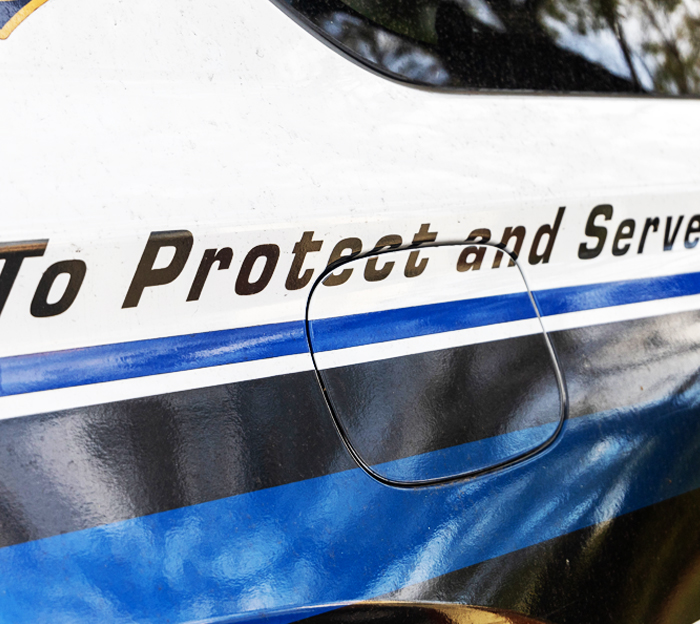
Getting through the most “wonderful time of the year”
November 4, 2022
It’s that time of the year again, the time when we use two powerful words repeatedly. Family and holidays. These two words evoke strong emotion, good and bad.
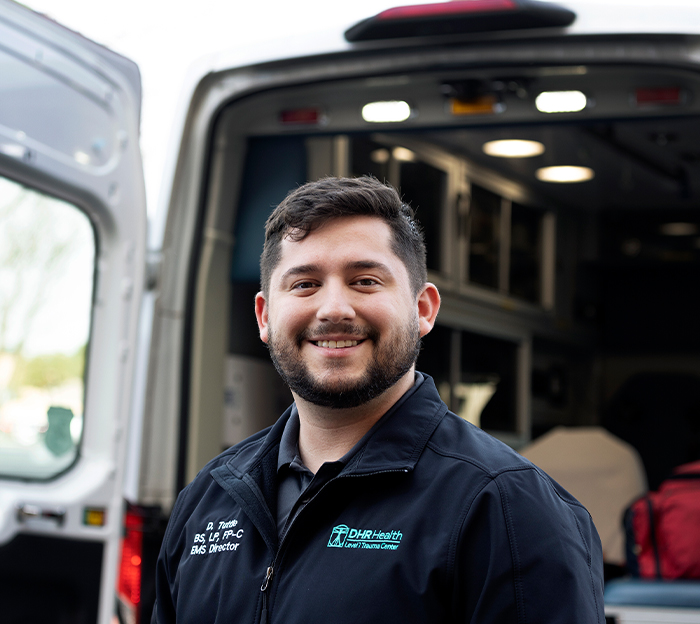
"The best thing FirstNet offers to us here at DHR Health is a reliable means of communication"
July 19, 2022
As the director of emergency medical services at DHR Health, my job is to maintain good relations between EMS, fire, law enforcement.
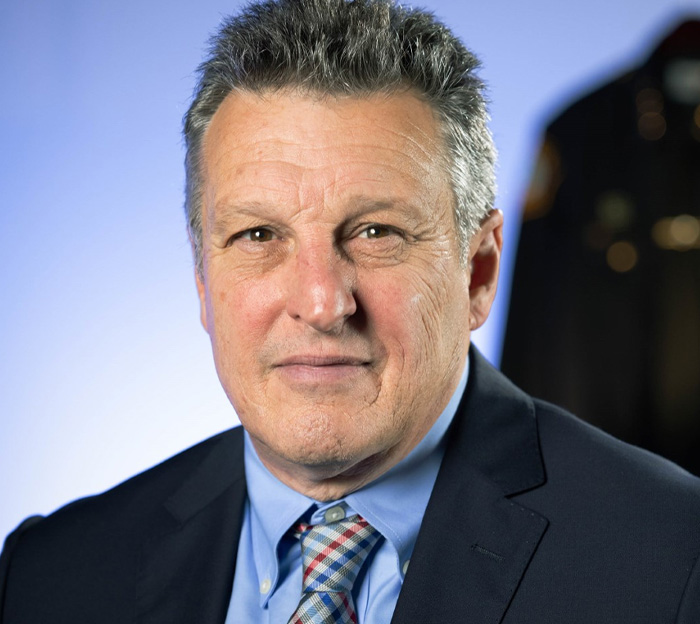
Officer wellness and safety main focus for Chief Landa, as president of the local association of chiefs of police
June 21, 2022
“This initiative has the potential to change policing across this country. But we have to focus first and foremost on the police officer.”
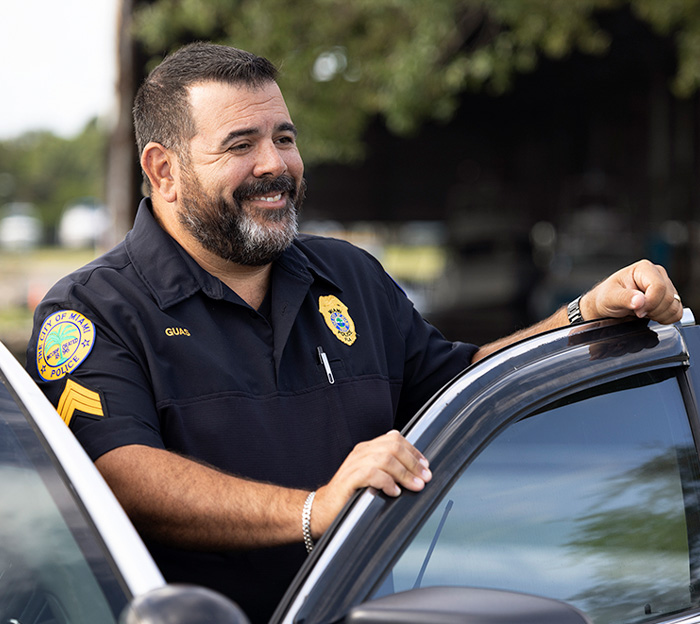
Program evokes rollercoaster of emotions, coping skills officers need, says Miami sergeant
June 17, 2022
“I used to drink a lot. I would drown my sorrows in a bottle of whiskey. I no longer do that…”
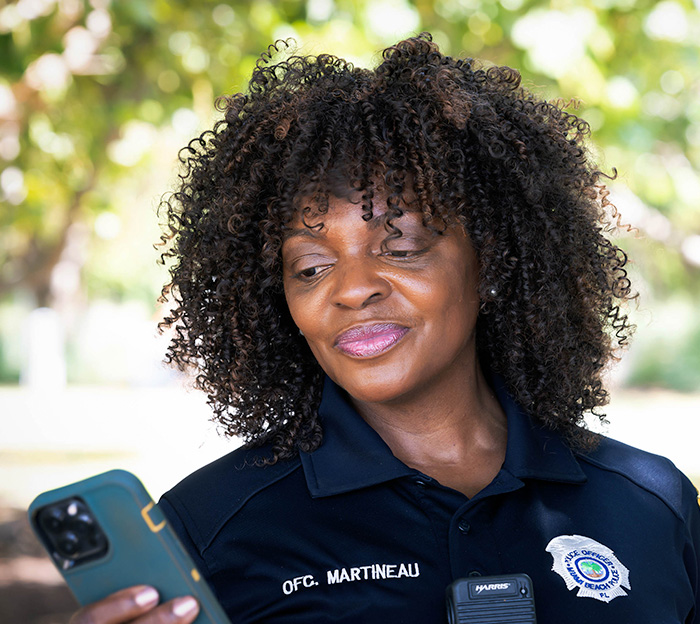
For neighborhood resource officer, mental health is vital for longevity and success
June 15, 2022
“Balancing mental health is extremely important because you want to make sure that you’re good. How can you help someone if you're not good?”
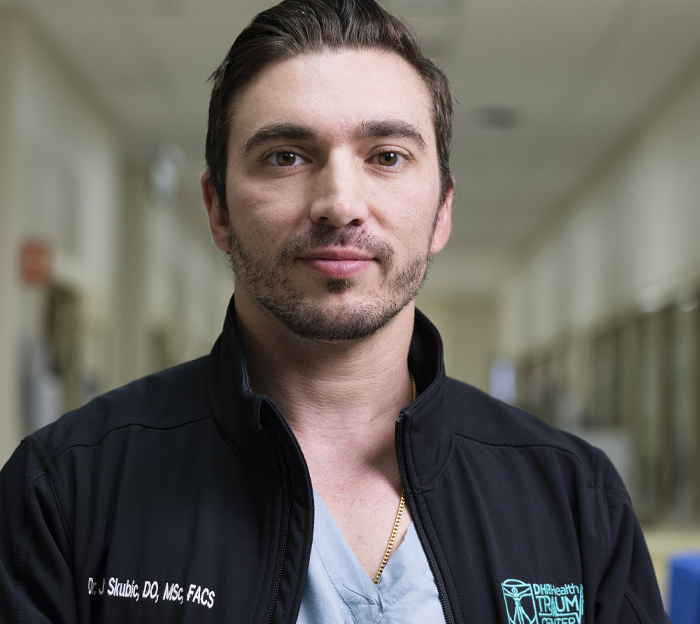
For trauma medical director, trauma care starts when first responders arrive at the scene
May 13, 2022
Trauma care doesn’t really start when the patient hits the door here at DHR Health. It starts when emergency medical services …arrive at the scene.
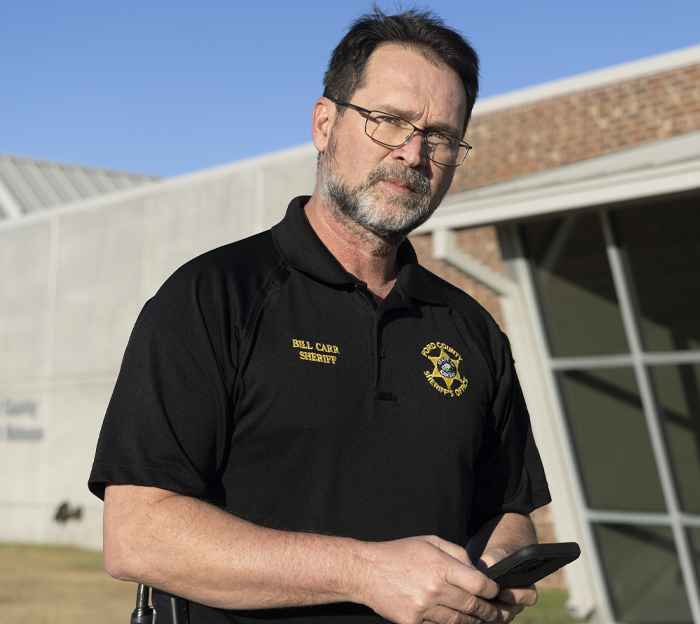
Using FirstNet to battle big city problems in rural Kansas
February 22, 2022
We’re not shielded from any crime out here in Western Kansas. So, we need to have the right equipment to make sure we can get from point A to point B, communicate with dispatch and do what we need to do.
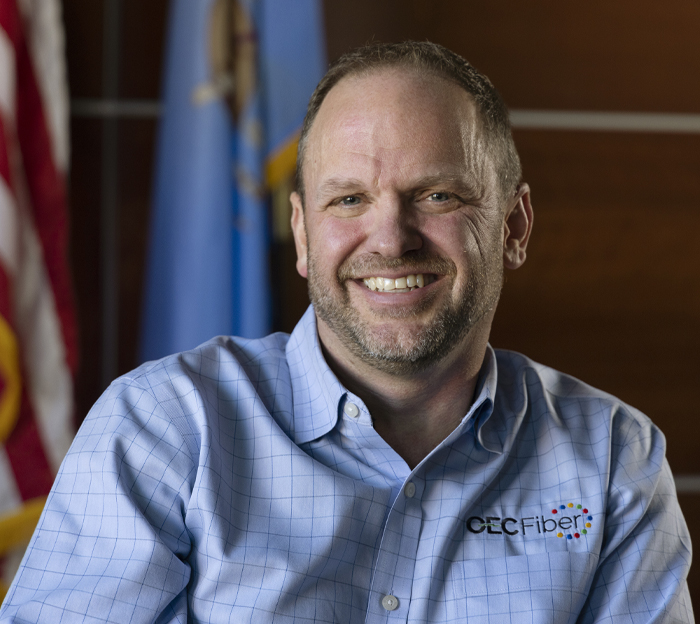
“When FirstNet® was brought to my attention… It took about 30 seconds for me to say, ‘Let’s do it.’ ”
January 18, 2022
For Oklahoma Electric Cooperative, staying connected is critical. No matter which part of the company you’re in. You have to be connected. You have to understand what’s happening because so many of our safety issues rely on that communication – whether you’re working with highway patrol, county sheriffs or local police departments.
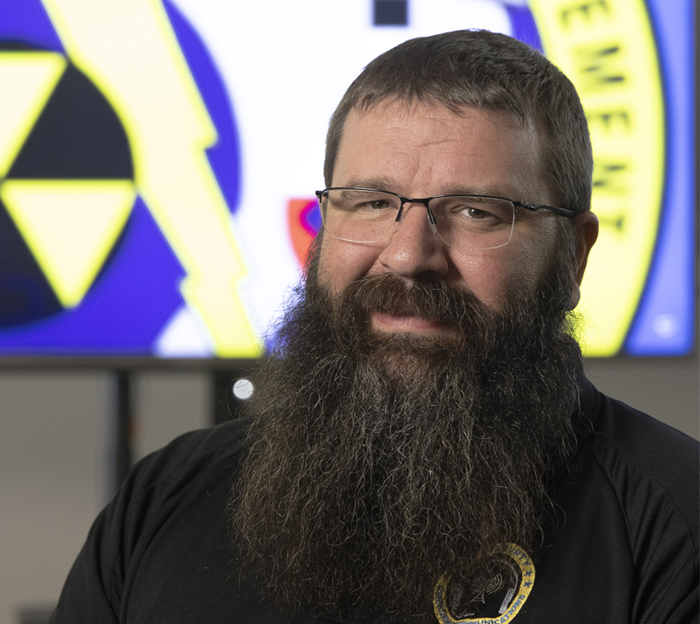
Using FirstNet® to deal with ‘big city’ problems in Dodge City, Kansas
December 14, 2021
Together with the packing plants in Liberal and Garden City, we produce over a third of the world's beef. We attract workforce from all over the world. And that leads to big city problems in a very, very rural environment.
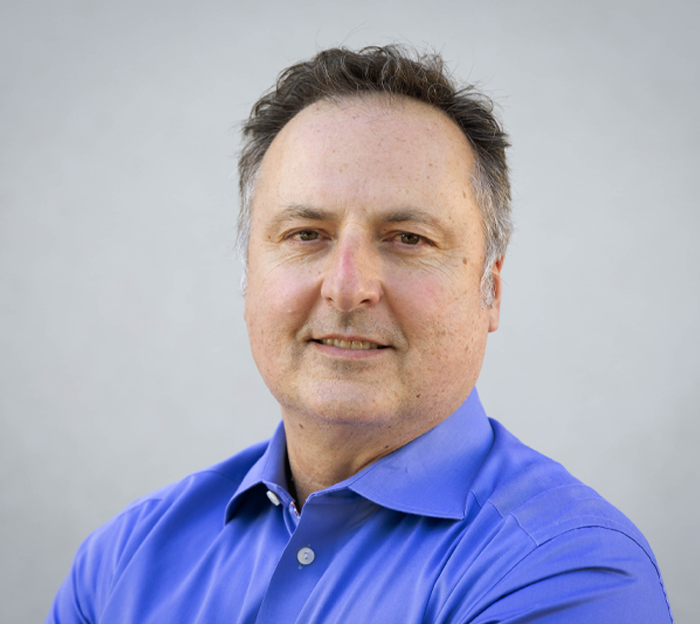
The promise of the PulsePoint App
November 15, 2021
The response time for our PulsePoint-activated users is slightly over two minutes, which is a fantastic response time. If you can arrive in that first two minutes, you're going to make a significant difference.
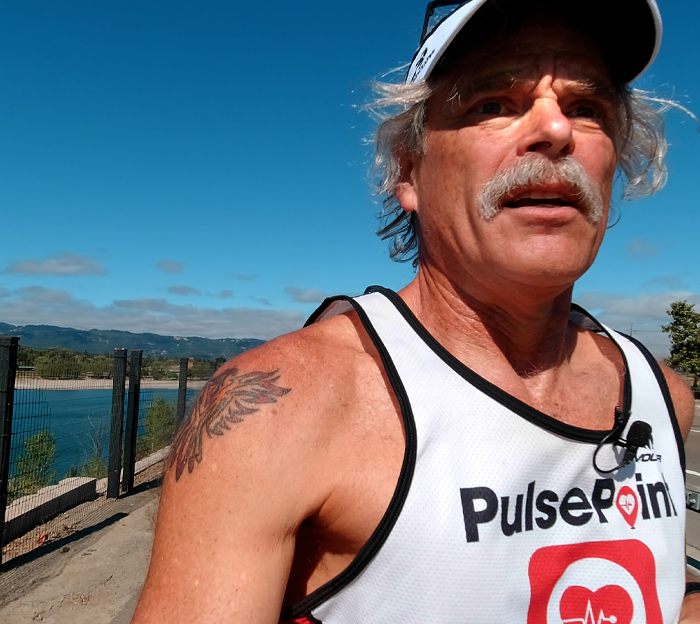
Cardiac arrest survivor becomes advocate for CPR training after PulsePoint App alert helps save his life
November 15, 2021
“It’s not just an app on your phone. It’s about saving a life.”
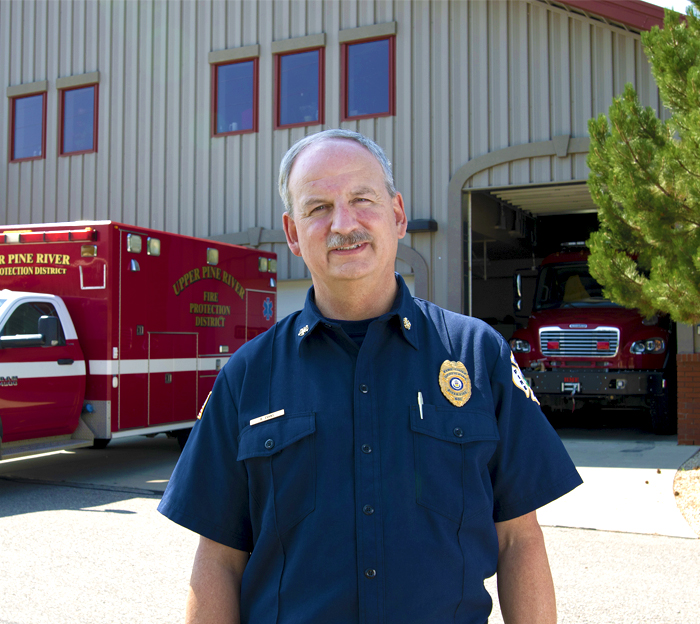
Managing stress, resilience critical for mental health in EMS
September 21, 2021
We know there's an incredible need for mental health services and peer to peer support. NAEMT has convened a group of excellent mental health professionals in emergency services, thanks to a grant from FirstNet.
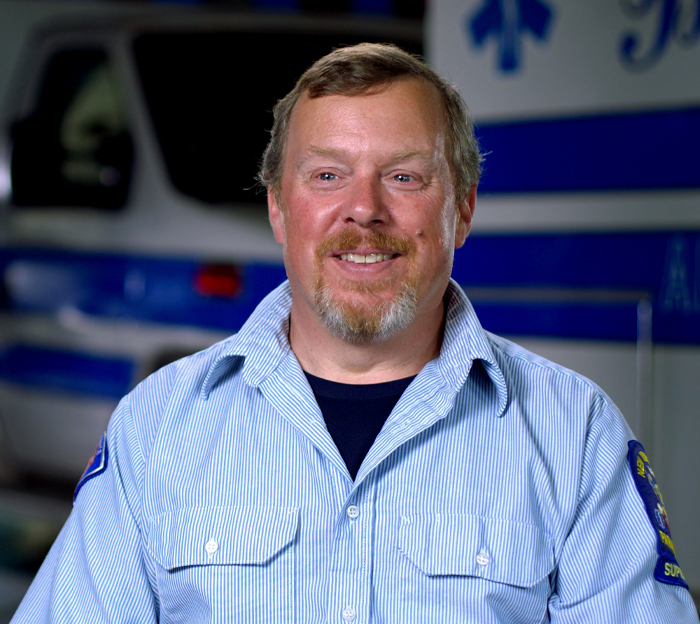
Helping Bangs Ambulance stay connected, keep the community safe
July 12, 2021
FirstNet is helping us by providing a more reliable means of communication to the physicians and to the resource centers. It allows us to transmit the EKG, the vital signs to the hospitals to make those transport decisions quickly.
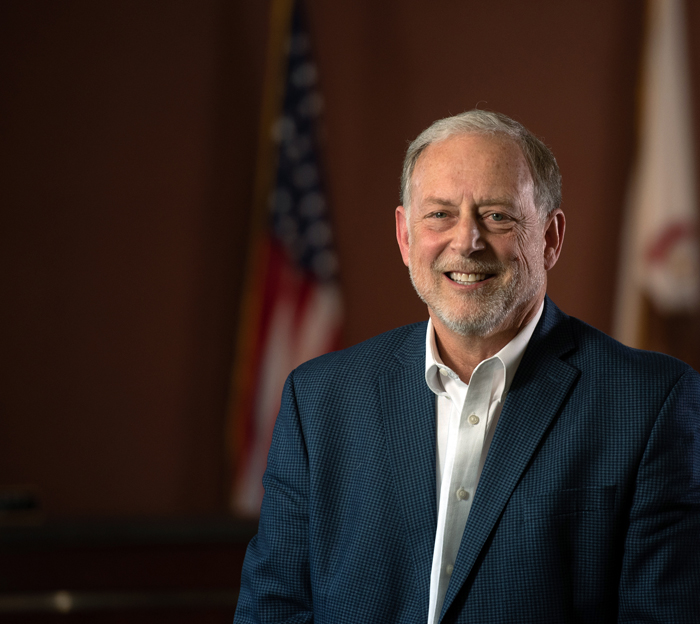
Helping 9-1-1 in Illinois Quad Cities connect with first responders
May 18, 2021
FirstNet provided us an opportunity to up our game – to make sure that we have reliable coverage and communications.
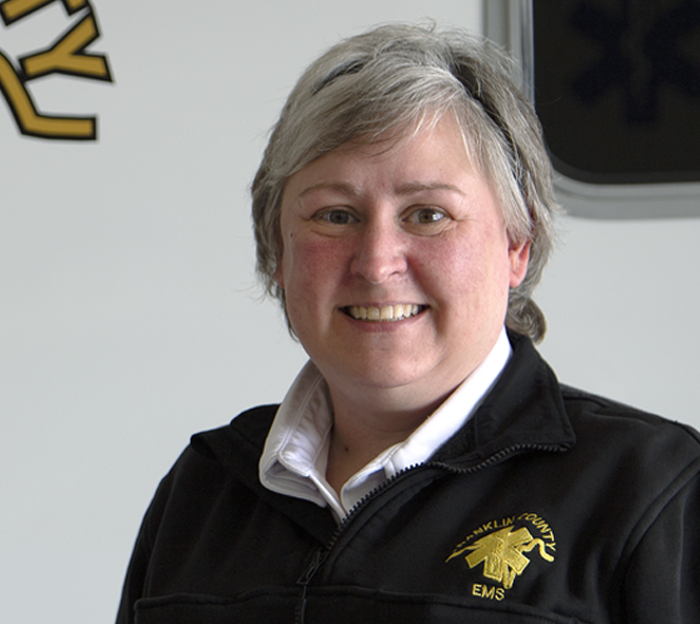
Transmitting critical patient data impetus for Franklin County EMS to join FirstNet
April 22, 2021
Franklin County EMS first subscribed to FirstNet about 2-3 years ago. We were having issues with coverage with our previous provider.
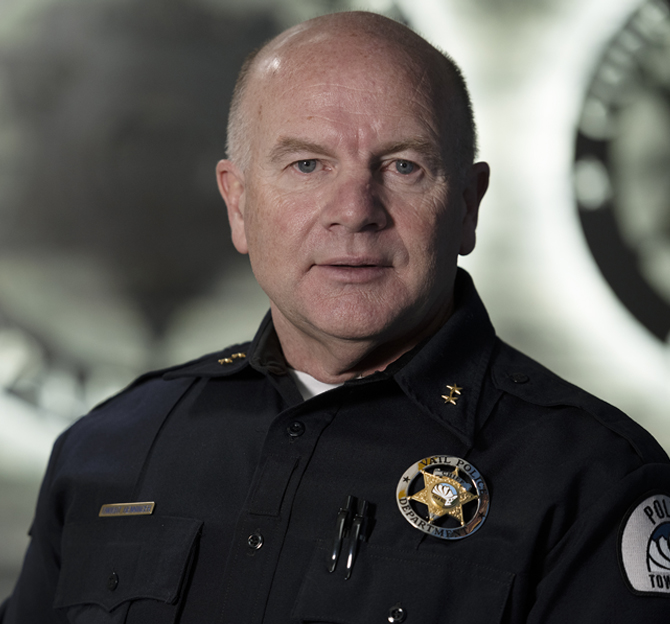
Band 14 test sets the stage for Vail and Eagle County, Colorado, to join FirstNet
March 19, 2021
The biggest benefit for the Vail police department and really for the entire county is our ability to communicate with each other.
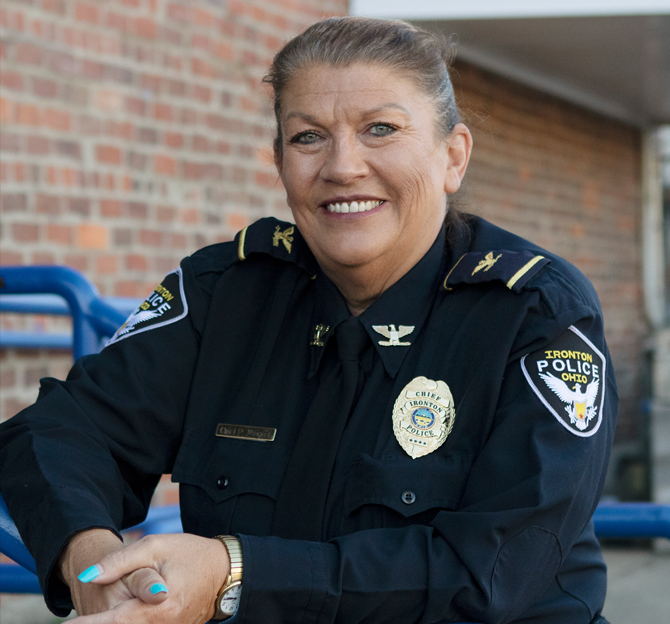
Helping Ironton Police keep community safe, combat an opioid crisis
February 19, 2021
When FirstNet came out, I personally got it on my phone when I became chief three years ago. I loved the service. I said, “This is what we need for my department.”
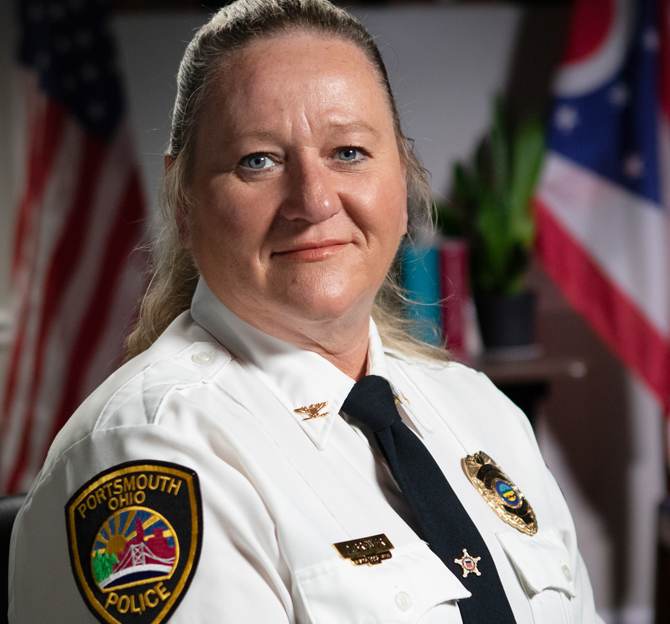
Improved connectivity and customer service helping Portsmouth, Ohio
January 25, 2021
The first official thing I did as chief was to switch to FirstNet because I believed in the product so much that I wanted our department to have it.
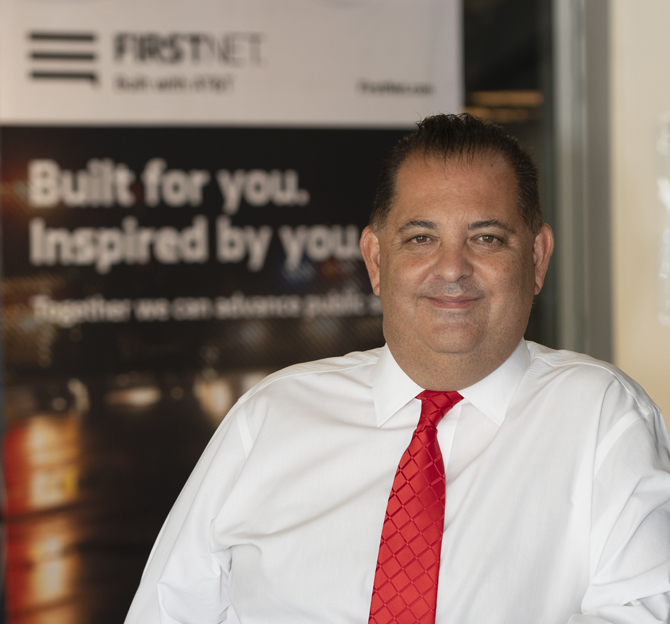
Using technology to keep City of Las Vegas community safe
December 10, 2020
Michael Sherwood, Chief Innovation Officer for the City of Las Vegas
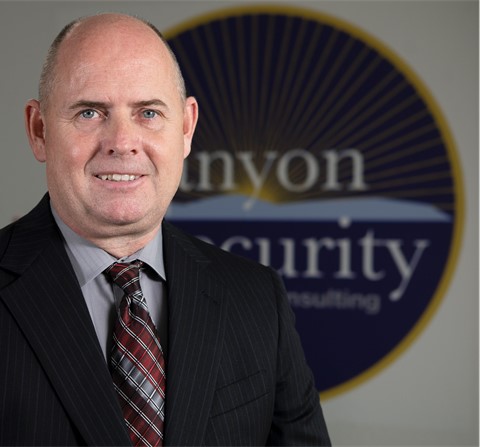
Link to first responders is critical for security firm
September 22, 2020
Kenneth Laird
CEO, Canyon Security Specialist and Consulting
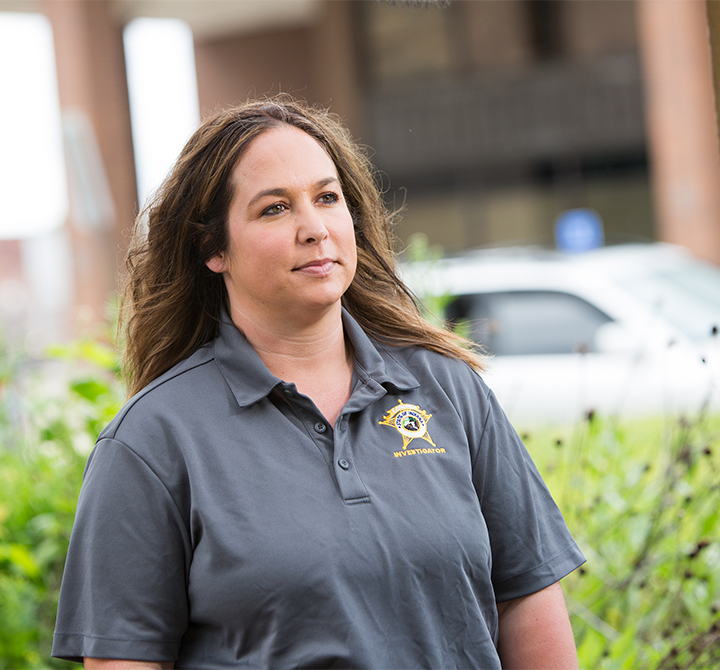
FirstNet Helping Madison County Coroner’s Office stay connected
July 21, 2020
Danielle Noone
Madison County Coroner
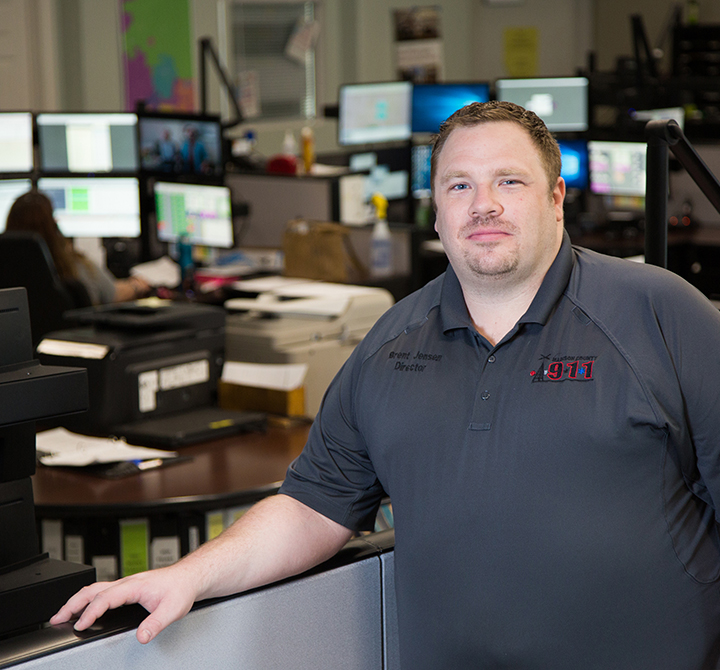
Madison County counts on interoperable, reliable communication and dedicated support
June 25, 2020
Brent Jensen
Executive Director
Madison County Central Dispatch
Madison County has about 130,000 people. We have 15 police departments, 15 fire departments and numerous state agencies that we serve here in Madison County. And we manage the communications and the portal for all 30-plus agencies here at Central Dispatch.
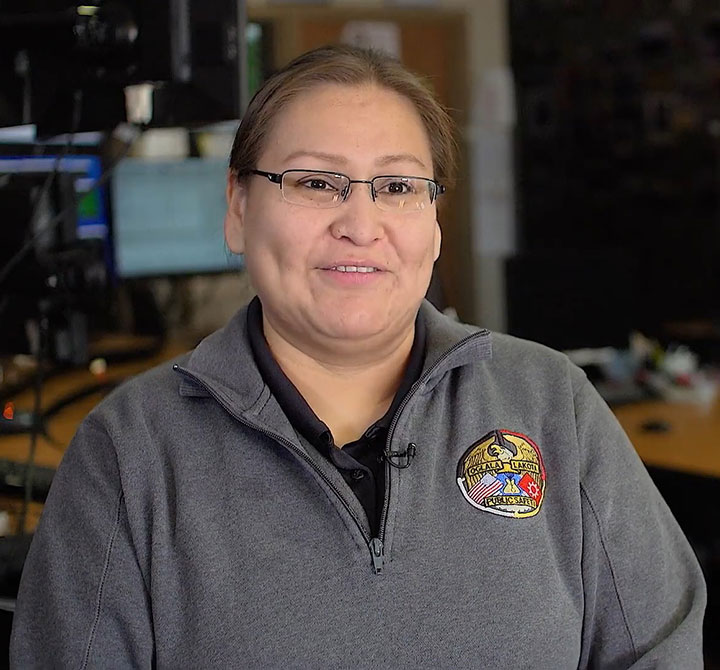
Oglala Sioux Tribe using FirstNet to integrate technology, increase officer safety
June 17, 2020
Tawny Zimiga
IT Director
Oglala Sioux Tribe Department of Public Safety
Prior to going to FirstNet, we had no reliable way to communicate. We looked into different options – a lot were expensive and unattainable for our agency.
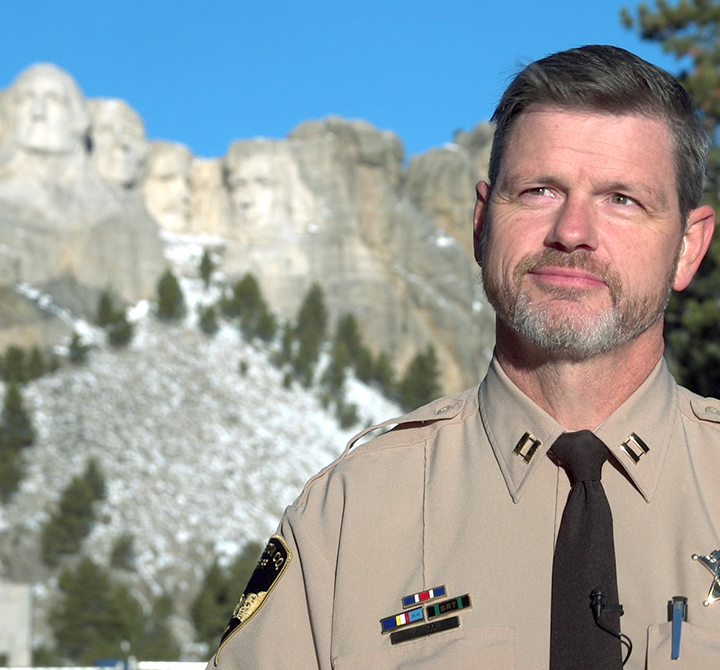
Infrastructure, access to deployables provide incentive to join FirstNet
April 20, 2020
Tony Harrison
Investigations Commander
Pennington County Sheriff’s Office
The unique thing about Pennington County is that we have the Black Hills in our jurisdiction.
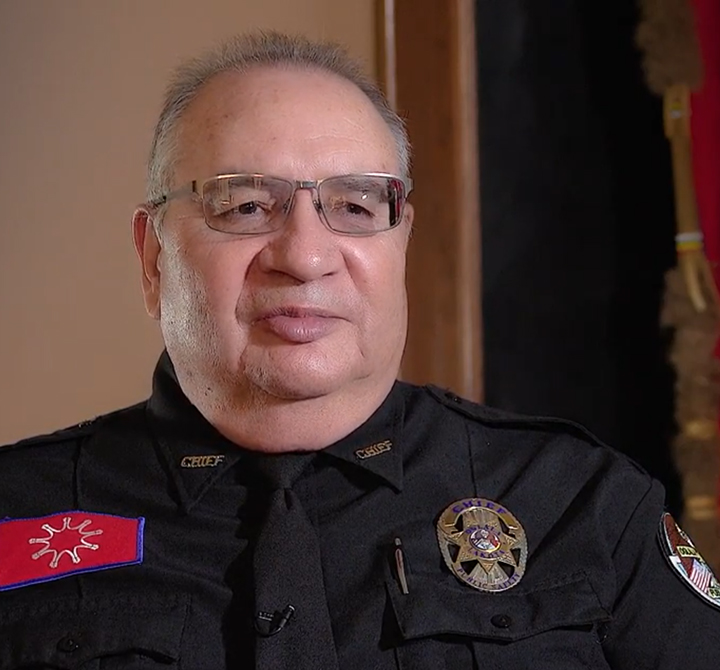
FirstNet is critical in life-safety issues in Indian Country
March 12, 2020
Robert Ecoffey
Chief of Police, Department of Public Safety
Oglala Sioux Tribe
One of the challenges we had as a department was improving communication – especially when it came to officer safety and safety of the public.
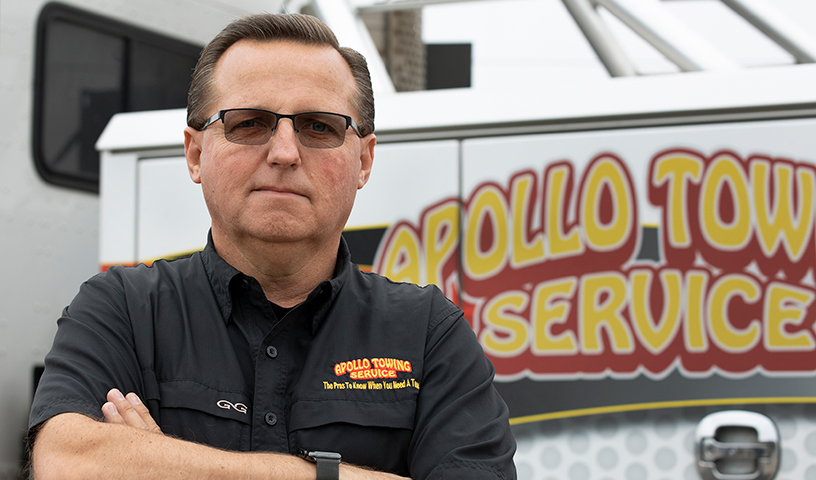
FirstNet allows us to have virtually seamless communication
February 13, 2020
Michael Staff
Vice President, Apollo Towing Service
When Hurricane Harvey hit the Gulf Coast in 2017, it knocked out everything – the repeating towers, the electricity. We couldn’t communicate.

For us, FirstNet has worked the first time, every time.
January 20, 2020
Michael Naughton
Fire Chief, City of Leon Valley, TX
When new technology comes out, people promise a lot of things...
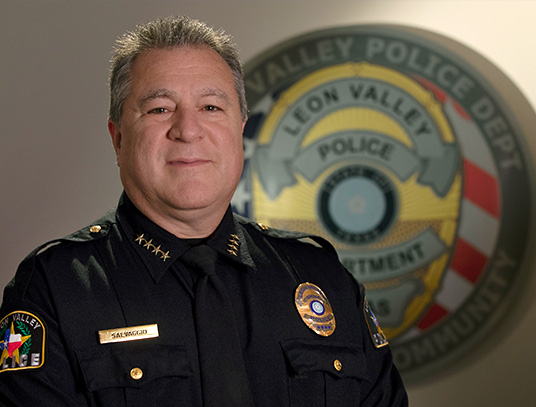
City of Leon Valley: Small town with cutting edge communications needs
December 16, 2019
Joseph Salvaggio
Chief of Police, Leon Valley, Texas
Leon Valley is a small city stuck in the middle of 7th largest city in the nation...
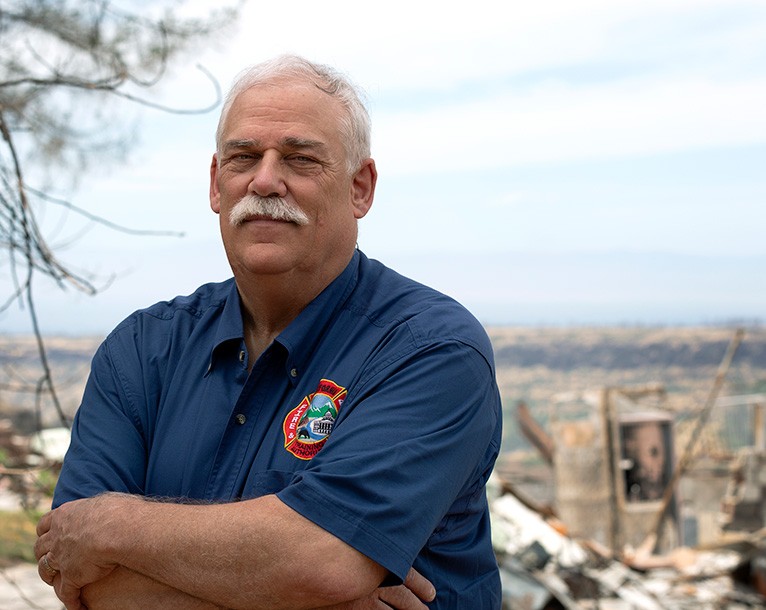
Reliable, resilient communication is critical during emergency and day-to-day operations
October 28, 2019
Kim Zagaris
Wildland Fire Policy and Technology Advisor, Western Fire Chiefs Association
One of our most critical items during emergency operations ...
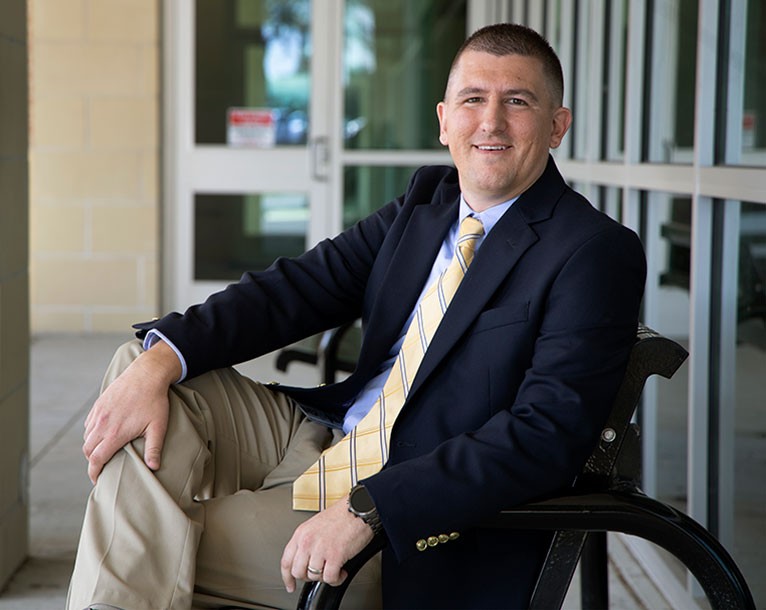
“Adding FirstNet to our layers of security gives me great peace of mind”
September 25, 2019
Tony Furman
Principal, Blocker Middle School, Texas City Independent School District
One of my key roles as a middle school principal ...

"When I think of FirstNet now, I think of endless opportunities."
August 19, 2019
Bryan M. Fortino
CFO, Del Oro Water Company
Del Oro Water Company serves 20 districts
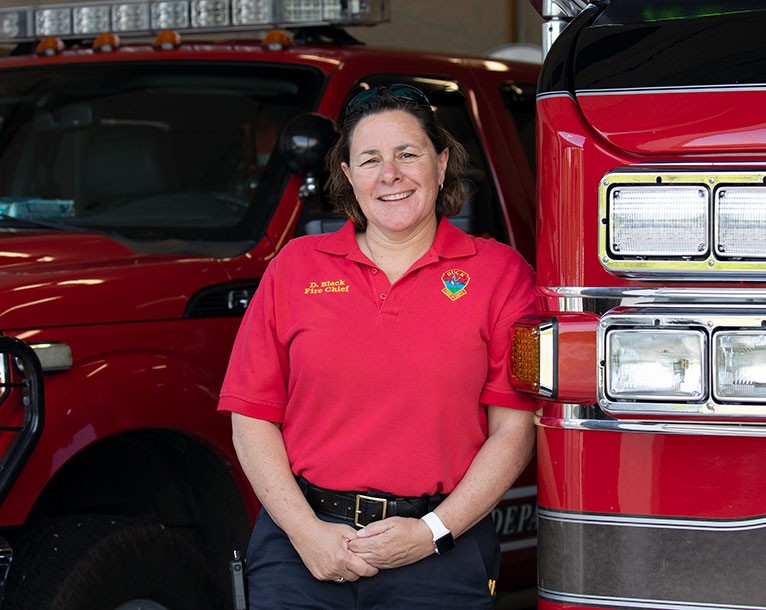
A firefighter perspective
July 23, 2019
Donna Black
Fire Chief, Duck, N.C.
“From a firefighter perspective, communication is our No. 1 priority – 24 x 7 x 365.”
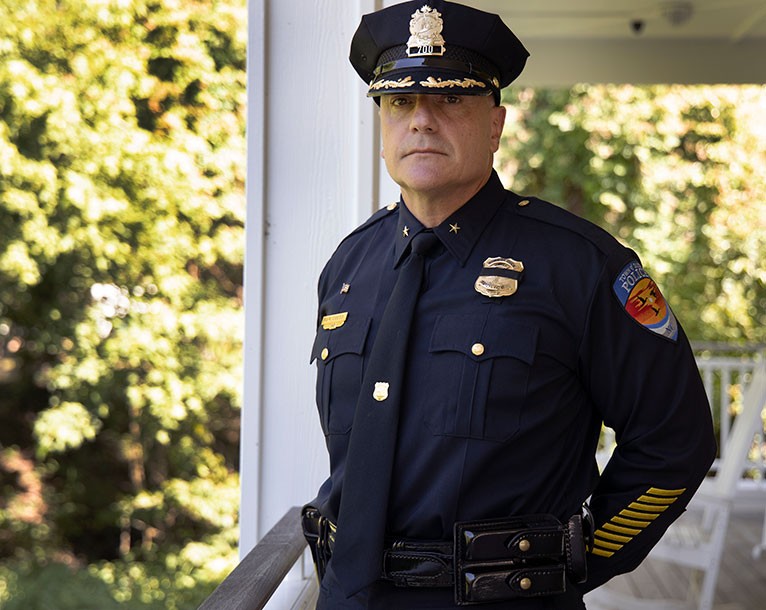
Sound-to-sea community relies on FirstNet
June 21, 2019
John Cueto
Duck Police Department Chief
What makes Duck, N.C., unique is the geography. It’s about 2.32 ...
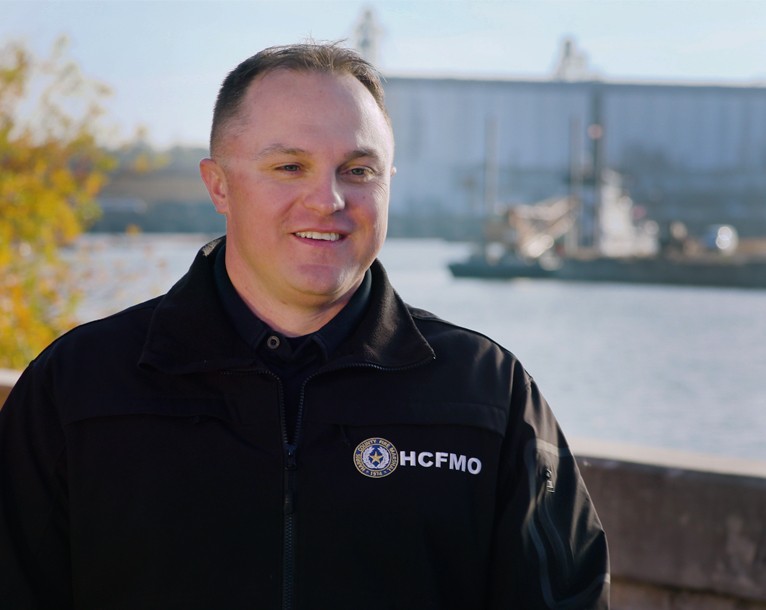
With FirstNet, we’re able to go from “1,000 words, to a picture is worth 1,000 words”
May 10, 2019
Rodney Reed
Assistant Chief of Operational Support
Harris County was one of the early adopters...
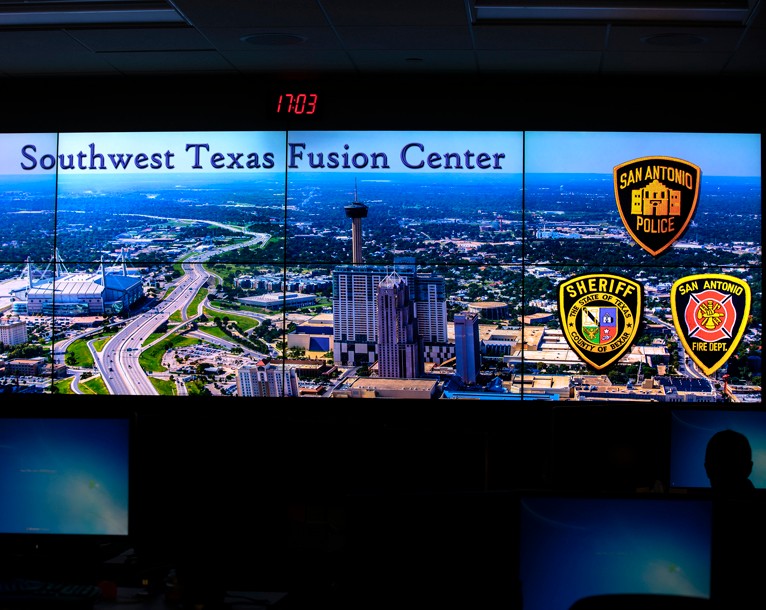
FirstNet helps San Antonio develop a common operating picture for big events
April 19, 2019
James Glass
Deputy Director, Southwest Texas Fusion Center
Putting on a large-scale event brings its share of ...
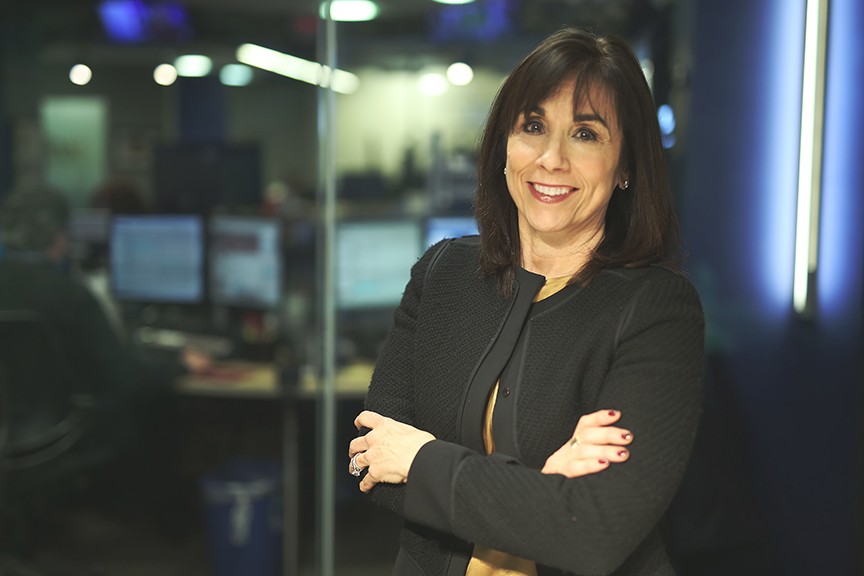
FirstNet Turns 1, celebrates with heightened security, control and capabilities
March 28, 2019
Stacy Schwartz
Vice President AT&T - Public Safety & FirstNet Program at AT&T
A year ago, Public Safety’s communications platform came to life with the launch of the FirstNet network core...
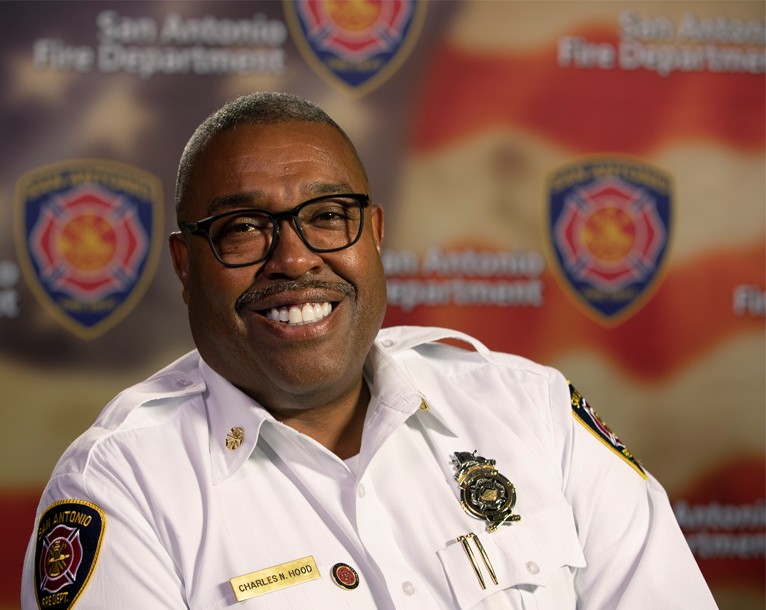
“Communication is the tip of the spear in any emergency response.”
March 27, 2019
Charles Hood
San Antonio Fire Chief
Communication is the tip of the spear in any type of emergency response. And for a city like ours...
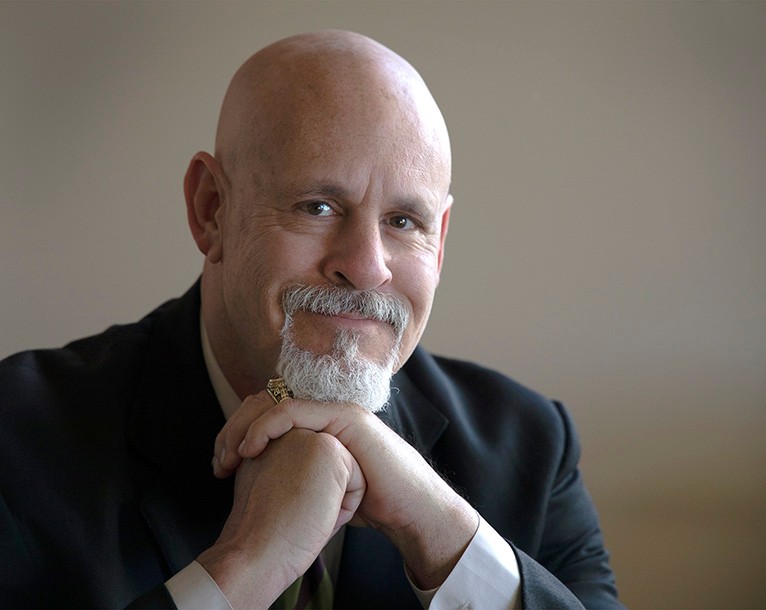
“FirstNet has been instrumental in us developing…what I believe is a gold standard..."
February 26, 2019
Dr. Rodney Cavness
Superintendent, Texas City Independent School District
As a school administrator, I’ve studied school safety and security for 30 years. And for...
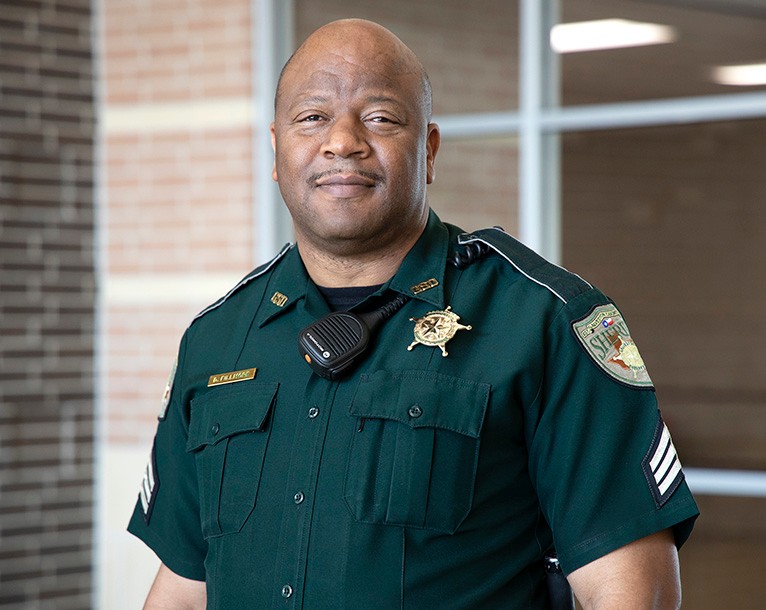
“It's got to work for us, it's got to be reliable and..."
February 26, 2019
Sergeant Derik Fillmore
Galveston County Sheriff’s Office, School Liaison Division
Communication is key in our role as school liaison officers with the...
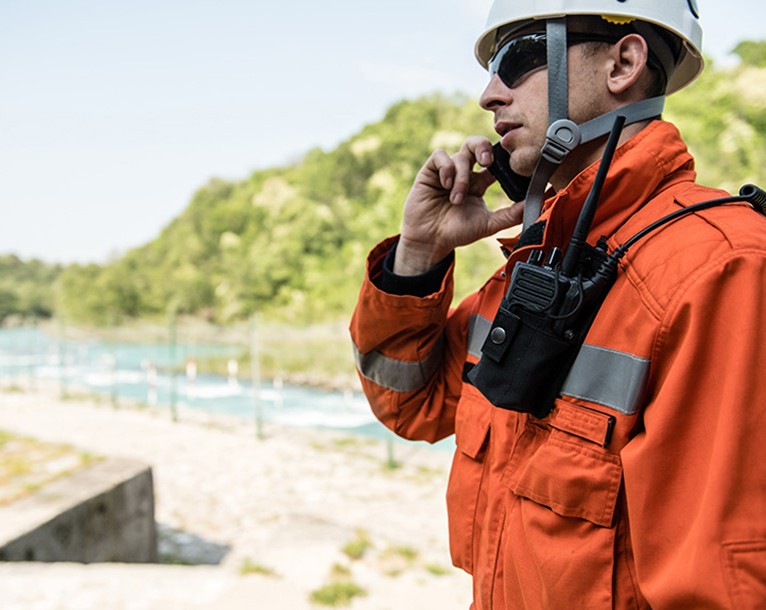
Samsung Galaxy S10 Smartphones coming...
February 26, 2019
Bob Sloan
Chief Operating Officer, FirstNet Program at AT&T
We’re growing the FirstNet device ecosystem with the Samsung Galaxy S10e, S10 and S10+...
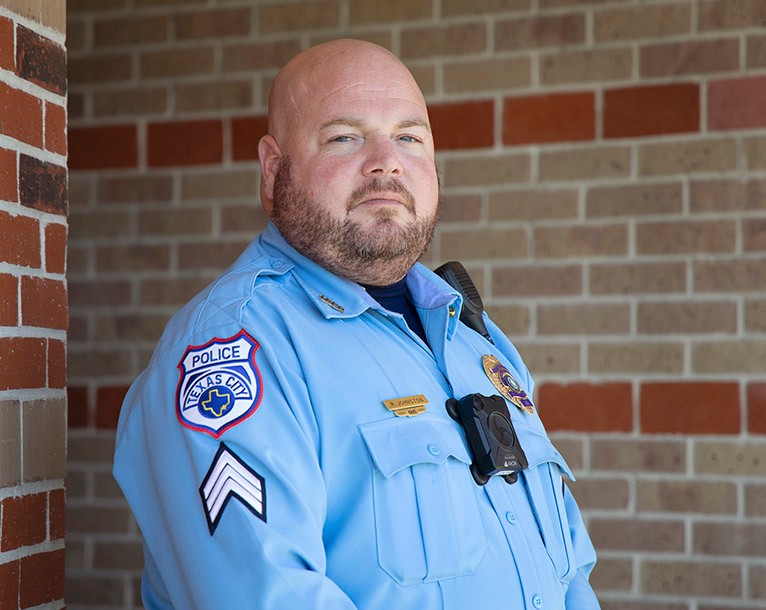
FirstNet – the network “too good to be true” – is...
February 12, 2019
Sgt. Randall Johnston
Texas City Police Department
When I first heard about FirstNet right after 9/11, it sounded too good to be to true.
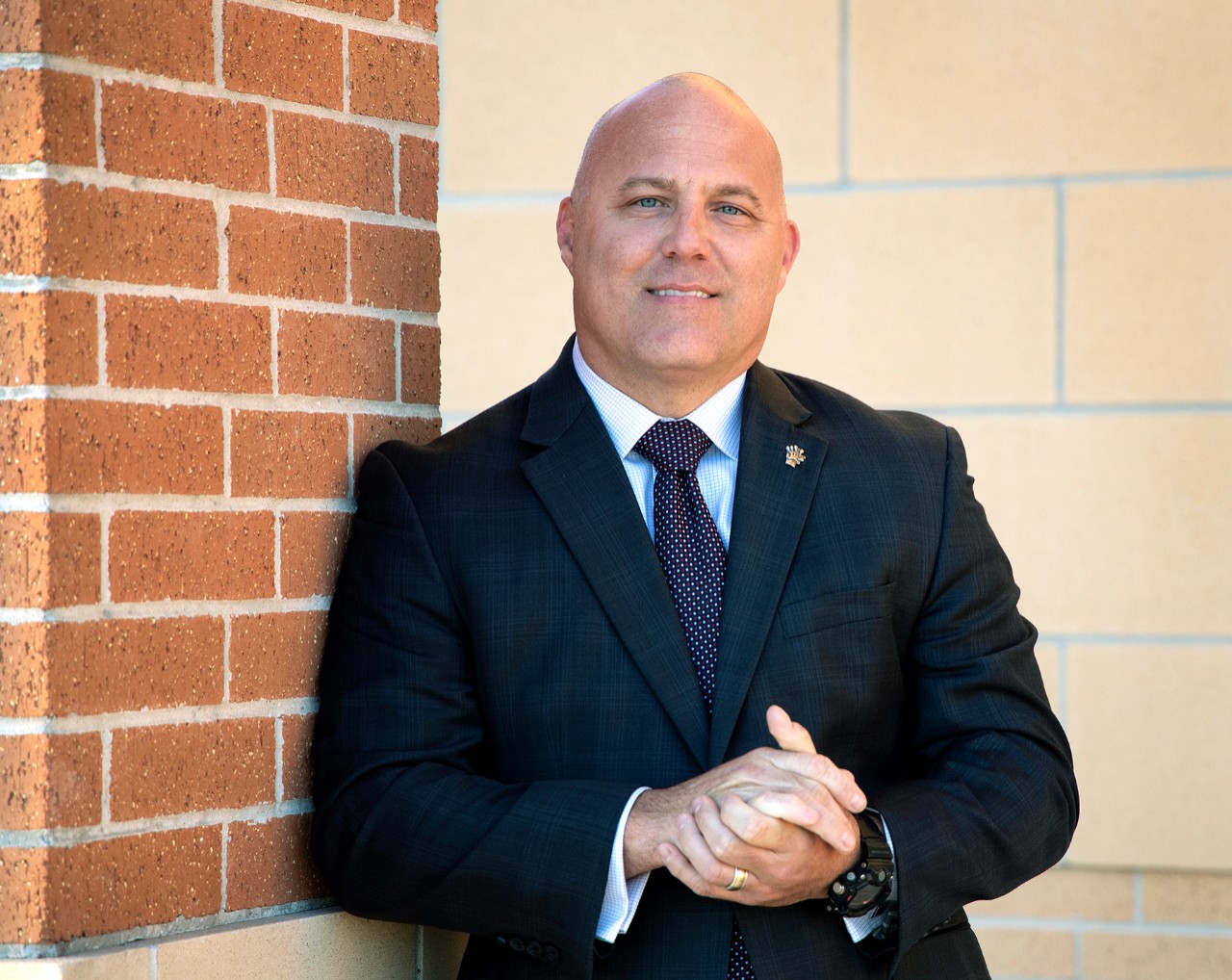
When it comes to security, communication is top priority
January 18, 2019
Mike Matranga
Executive Director of Security for Texas City ISD
Communication is the absolute number one priority when it comes to security for us in the K-12 market.
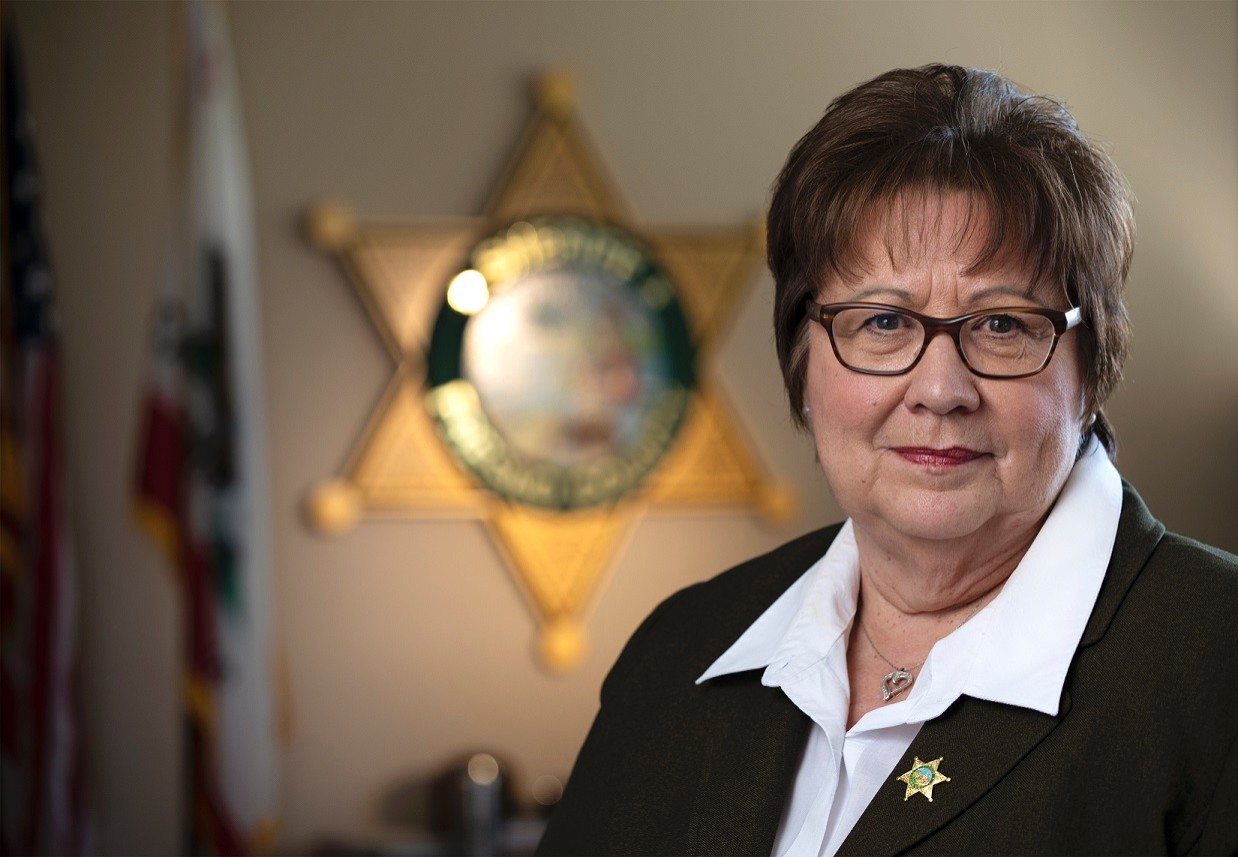
Operability is the key for Fresno County Sheriff
December 10, 2018
Margaret Mims
Fresno County Sheriff
“When I first heard about FirstNet, I thought, ‘here’s our opportunity to fix that problem.’”
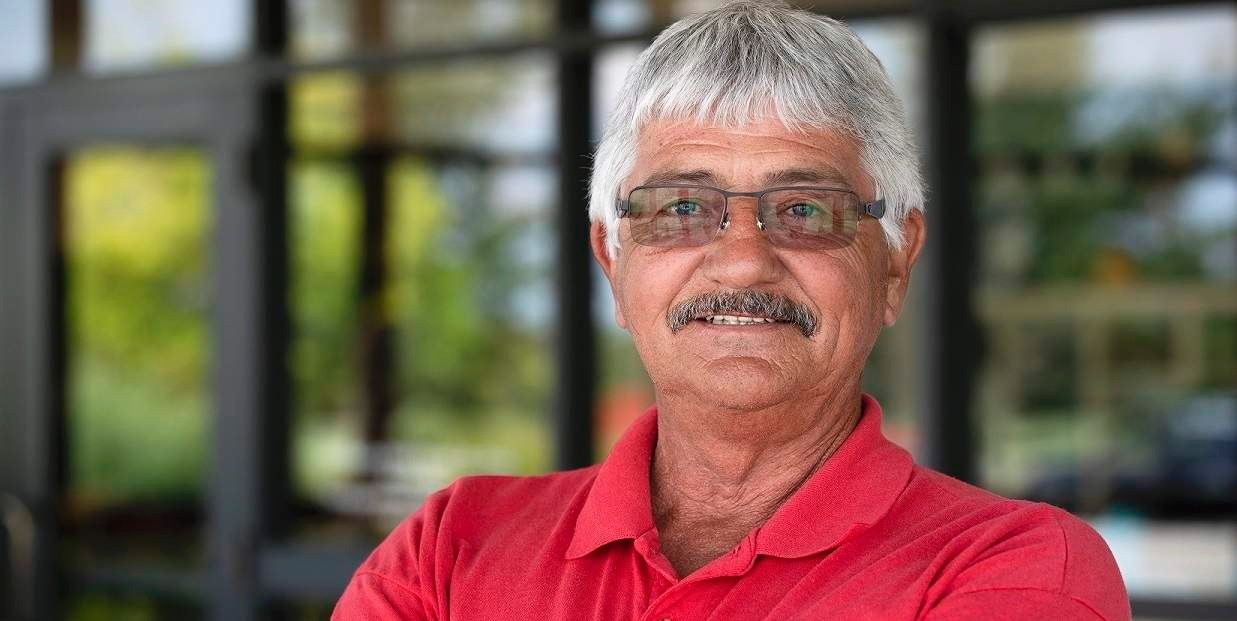
Adopting FirstNet early is key to developing ...
November 12, 2018
Tim Zientek
Director of Emergency Management, Fire and Housekeeping with Citizen Potawatomi Nation
As director of emergency management for Citizen Potawatomi Nation of Oklahoma, I’ve worked with FEMA and the Department of Homeland ...
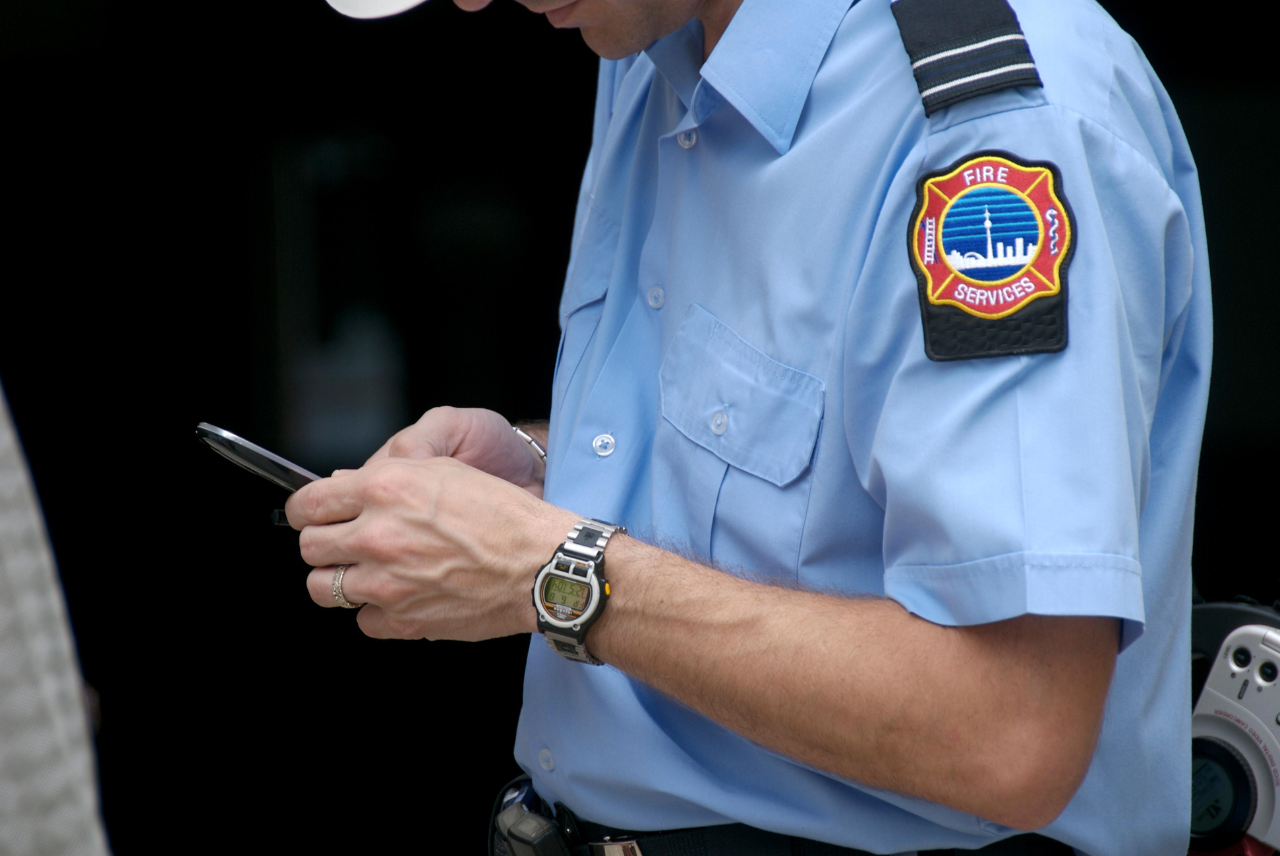
FirstNet users can find innovative solutions tailored to their needs in the FirstNet App Catalog
November 13, 2018
Bob Sloan
Chief Operating Officer AT&T - FirstNet Program
Over the last few months, the FirstNet team has stocking the FirstNet App Catalog’s virtual shelves with powerful and intuitive applications to help public...
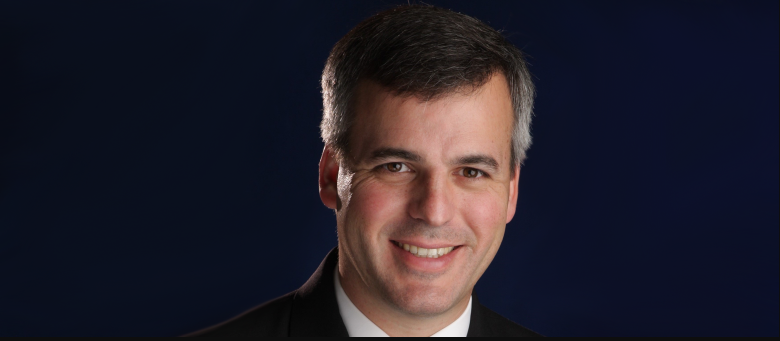
Firefighters, communities battling wildfires get a FirstNet assist
August 23, 2018
Mike Duyck
Fire Chief – Tualatin Valley Fire & Rescue
Connectivity is a crucial part of public safety. When we’re on the fire line, daily briefings with all crews are critical for safety and situational awareness. We ...
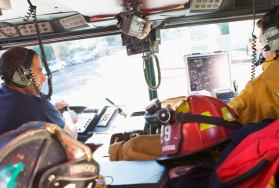
Coding for Good: Last Call to Join the FirstNet Hackathon to Help…
March 23, 2018
The more connected you are, the more aware you can be. And when it comes to public safety, that awareness can be lifesaving. That's why FirstNet launched the FirstNet Applications Ecosystem…
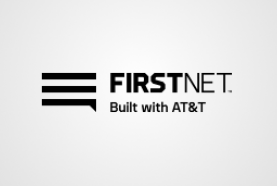
New FirstNet Devices: The Samsung Galaxy S9/S9+ Coming Soon to Public…
February 25, 2018
First responders are long overdue for a tech upgrade. That's why we're excited to bring you the modern, cutting-edge capabilities you deserve through FirstNet. And we're building FirstNet to meet all…
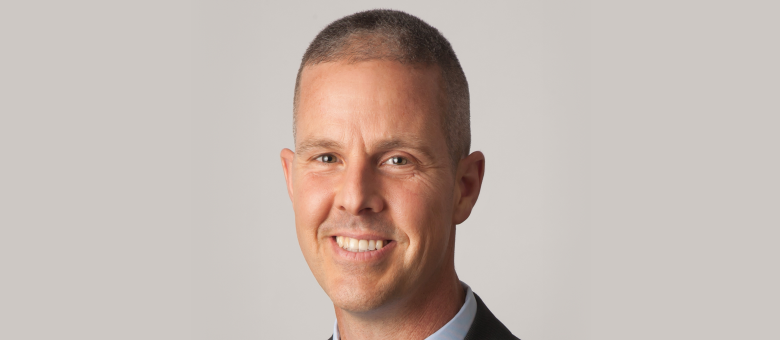
FIRSTNET Unveiled: America's Only Communications Platform Dedicated…
January 22, 2018
Chris Sambar
Senior Vice President, AT&T - FirstNet Program
In many ways, the story of FirstNet is a coming-of-age story. Such stories portray a character's journey into adulthood when faced with some hardship that forces them to grow and mature. With...
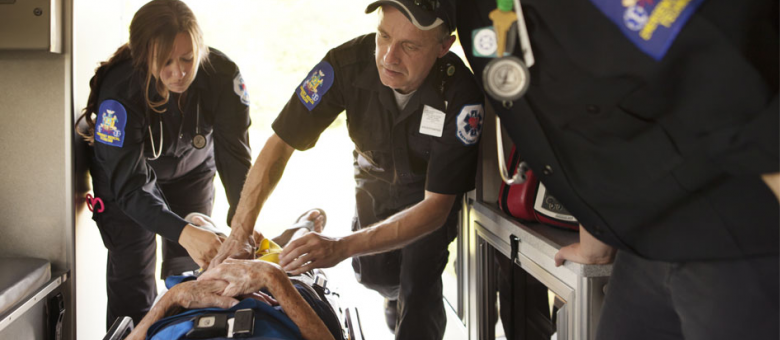
The Internet of Lifesaving Things: Smarter Cities, Smarter Response
January 19, 2018
Mike Zeto
General Manager, AT&T Smart Cities
Boots on the ground. Eyes in the sky. First responders are always there when we need them. And we believe it's our responsibility to help serve the everyday heroes who help protect us. All…
NEVER MISS AN UPDATE FROM FIRSTNET
Subscribe today!
By clicking Submit, you consent to AT&T sending you email about FirstNet services, products and offers at the address you provide, even if you have previously opted out of receiving AT&T marketing emails.
By clicking Submit, you consent to AT&T sending you email about FirstNet services, products and offers at the address you provide, even if you have previously opted out of receiving AT&T marketing emails.

